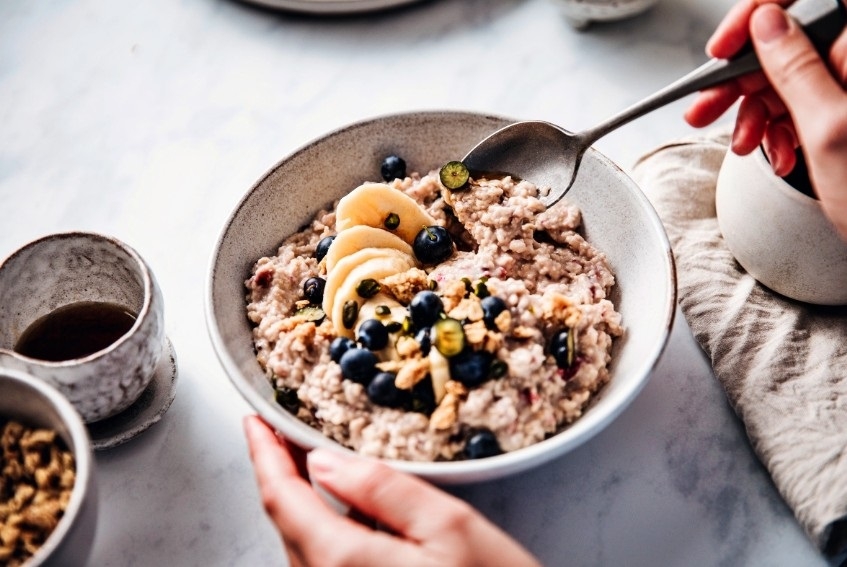Read Between the Flakes: The Smart Shopper’s Guide to Breakfast Cereals for Better Health
02 May 2025 14:41:15

At first glance, the cereal section at the supermarket appears wholesome: cartons emblazoned with happy wheat stalks, little cartoon bees, and the word “fortified” tossed about like confetti. But somewhere between the shelf marked “fibre-rich flakes” and the one shaped like a unicorn, one begins to suspect that perhaps we’ve been taken for a ride. On the surface, all cereals look similar. But the nutritional difference between a bowl of bran and a bowl of frosted crunch is vast.
Which brings us to the question: Do healthy breakfast cereals actually exist? The short answer is: “Yes, but you have to work for it.”
It turns out the humble bowl of cereal is like a bad house guest: sometimes nutritious, occasionally helpful, but often hiding something sticky behind the fridge. A 2022 study in the American Journal of Clinical Nutrition found that people who regularly consumed whole grain, high-fibre cereals had significantly lower risks of cardiovascular disease and early mortality. Another meta-analysis from the Harvard School of Public Health showed that just 10 grams of cereal fibre a day can reduce the risk of heart disease by 25%.
In one striking meta-analysis published in BMC Medicine, participants who ate the most whole grains (often in the form of breakfast cereals) had a 16% lower risk of all-cause mortality and a 21% lower risk of cardiovascular death compared to those who rarely ate them. Another study from 2006 linked cereal fibre to reduced inflammation and improved insulin sensitivity. Dr. Frank Hu, one of the study’s co-authors, summarized it this way: “Cereal fibre is not just filler. It’s biologically active.” Essentially, that spoonful of bran flakes isn’t just passing through your digestive tract... it’s rewriting your metabolic fate.
Why? “Because whole grain cereals contain soluble fibre, which helps reduce LDL cholesterol and regulate blood sugar. Many are also fortified with essential nutrients like B vitamins, iron, and folate, nutrients we’re often deficient in,” says Ruchita Batra, a certified nutritionist and lifestyle fitness coach.
This would be excellent news—if all cereals were the same. But they’re not. Some cereals are rich in beta-glucan, fiber, iron, and folate. Others are so frosted and puffed they might as well come with a dentist’s appointment. The trick is knowing which ones are real food and which are essentially candy in the form of flakes.
The Four-Point Cereal Decoder
If you find yourself helplessly adrift in the cereal aisle, clutching a box that claims to promote “digestive wellness” while containing more sugar than cake frosting, here’s a friendly little cheat sheet:
Fibre First
Says Batra, “Look for at least 3–5 grams of fibre per serving. If it says 'whole grain' on the package list but lists 'corn syrup' as the second ingredient, move on.”
Sugar Sleuthing
“Stick to cereals with 5 grams or less of added sugar per serving. That’s about 1.5 teaspoons,” says Batra. Any more and your “healthy start” is just a glucose party.
Whole Grains
The first ingredient should literally be “whole” something: whole wheat, oats, millets, whole rye or quinoa. If it starts with “rice flour,” “corn meal,” or worse, “enriched wheat flour,” it’s a nutritional decoy.
Protein Power
3 grams of protein or more helps you stay full and function like a real adult until lunch.
Cereals that meet the above criteria are often the ones with the least exciting packaging. They don’t have mascots, or 3D lettering, or glittery bursts claiming “Magnesium Magic!” They tend to be plain. “Avoid cereals with artificial sweeteners, excessive fortification, or long ingredient lists — simplicity is key for blood sugar control and sustained energy,” says Batra.
Breakfast sets the tone for your entire day. It regulates appetite hormones, boosts cognitive performance, and may even improve metabolic health. In a world teetering on the brink of chronic disease, a well-chosen breakfast cereal is a public health tool. Think of it as nutritional infrastructure, but with raisins.
And yet, here we are, culturally trained to believe that cereals must either be sugary indulgences or grim bowls of dry grains. The truth lies somewhere in the middle... at the bottom of a thoroughly read nutrition label.